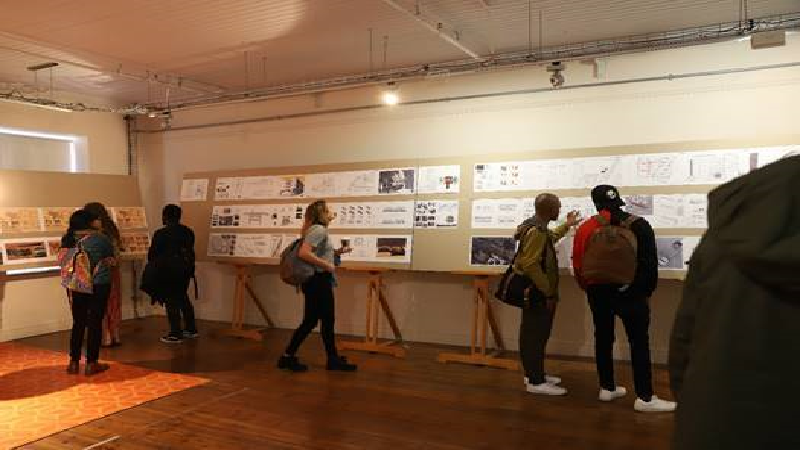By Anees Teladia
A talented group of students completing their honours degrees in architecture at the University of Cape Town (UCT) has participated in the “Cape Town Spatial Justice Laboratory: Writing/Righting the City Otherwise” project, using their skills to reconceptualise the famous District Six. District Six is an area synonymous with both vibrant diversity and political oppression, and accordingly, the students have explored ways of reconceptualising District Six whilst accounting for the ongoing restitution processes and the sociopolitical context.
“We framed it as an inclusive housing project and we tried to imagine different ways people might live together – questioning ideas of density, family structures, co-living and how buildings might have a temporal factor,” said professor at the University of Cape Town in the School of Architecture, Planning and Geomatics, Iain Low.
“One of the things that remain in District Six are the religious institutions. Those are attached with very strong, ongoing practices. We saw this as not just rebuilding buildings, but as rebuilding a community and working within those existing structures. It’s very clear that the community has a vibrant history and a capacity to represent themselves in the world.”
Low indicated that the unique context of District Six requires particular factors to be considered when reconceptualising the area, its development and the community.
“This is a social housing project, so there’s restitution housing, affordable housing and then the question of bringing in some market related housing that could cross subsidize the area is involved,” he said.
The exhibition of the work done by the UCT students is in the Homecoming Centre of the District Six Museum. The exhibition has been up since the end of June.
However, should it no longer be readily available for viewing, Professor Low indicated that they would be able to arrange it for public viewing upon request.
“Certainly, this work does speak back to government and civil society,” he said.
“I think that this is an interesting challenge – to have a partnership with government in this regard.”
A statement released by UCT indicated that the project represents a “reimagined” District Six, built upon the foundations of the pre-existent “social and physical fabric” of the area. Before the students began the project, they all had to reflect on issues of, and relating to, diversity and community.
“Students had to contemplate, and answer in architectural form, a single question: ‘How might we live – together?’,” said Low.
VOC






 WhatsApp us
WhatsApp us 

